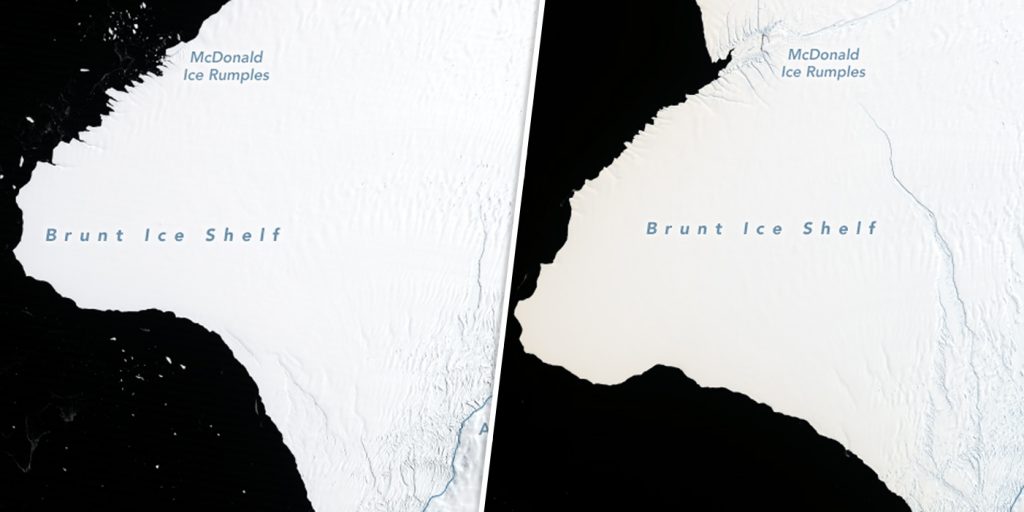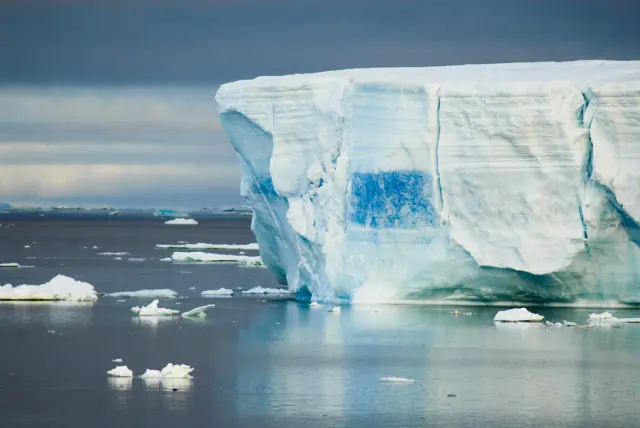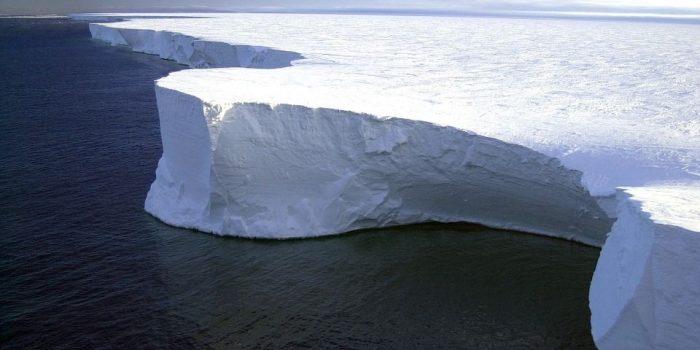Even though climate change is a genuine and growing issue that affects Antarctica, it has nothing to do with this iceberg.
The British Antarctic Survey (BAS) stated on Sunday that a gigantic iceberg about twice the size of New York City broke off Antarctica’s 150-meter-thick Brunt Ice Shelf after fracturing along breaches formed in recent years. During the spring tide, the break occurred between 7 p.m. and 8 p.m. UTC. The cracks formed naturally but peaked in Chasm-1, which spanned over the whole ice shelf.
The iceberg in question is approximately 1,550 square kilometers in size. For comparison, the total land area of New York Metropolis, the most populous city in the United States, is around 770 square kilometers. In reality, the metropolitan region of New York is much larger

kilometers. In reality, the metropolitan region of New York is much larger.
“[The iceberg] calved after cracks that have been developing naturally over the last few years extended across the entire ice shelf,” reads a press release by the British Antarctic Survey (BAS), which captured images of the event, “causing the new iceberg to break free.” It’s not the first time the Brunt Ice Shelf has broken recently. Another enormous, if somewhat smaller, block of ice broke off the same Antarctic shelf in 2021, an event that scientists say had nothing to do with our changing climate.

People know very little about Antarctica, the world’s southernmost continent, which is remarkable in many ways. It has been appropriately defined as the world’s tallest, driest, windiest, and coldest continent. It is the only one on the planet with no native inhabitants.
Much of it is covered by ice, which may be up to 2.5 kilometers thick in certain places. It has the highest mean height of any continent on earth, at 8,200 feet above sea level. It is more than three times higher than the United States, which has a mean height of 2,500 feet. That’s one reason it’s far colder than our planet’s North Pole.


